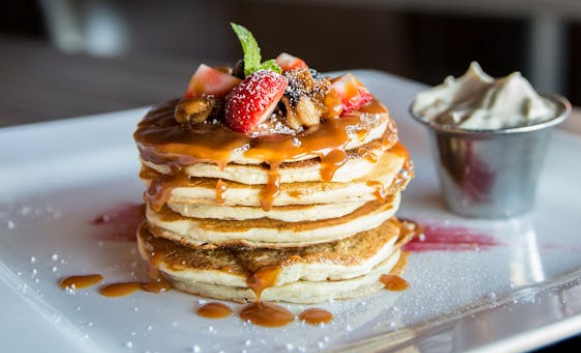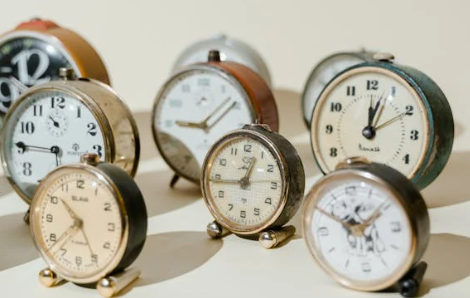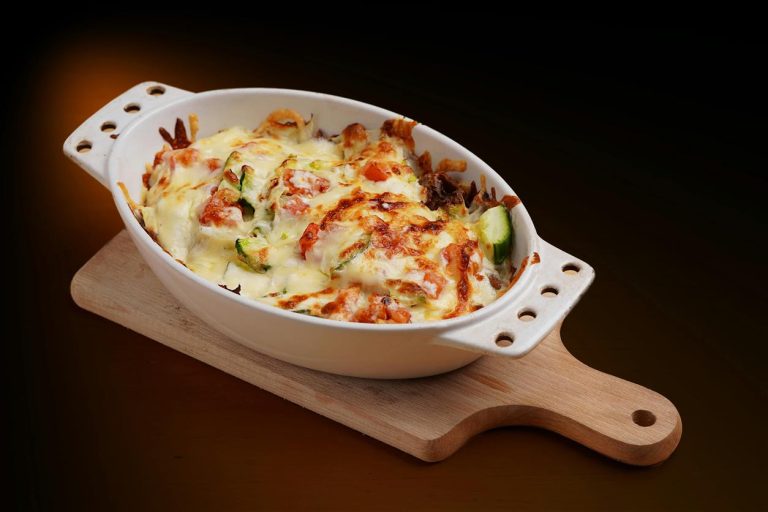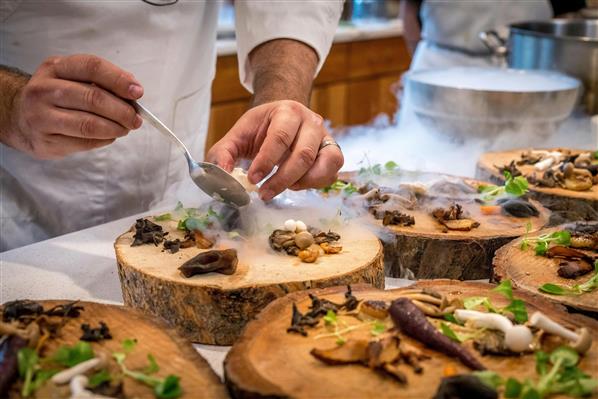
In a world constantly nudging us toward speed—express delivery, one-minute workouts, 30-second recipes—the simple act of sitting down to eat with intention is starting to feel quietly radical. Amid the chaos of back-to-back Zoom calls, push notifications, and life packed into 15-minute windows, many are turning to food not just for fuel, but for grounding.
Welcome to the quiet but growing return of ritual in everyday eating. This isn’t about elaborate, candlelit dinners or pristine table settings lifted from lifestyle blogs. It’s about presence. About chewing slower, preparing meals from scratch when possible, and making space—even if it’s 20 minutes at the kitchen counter—to actually taste, not just consume.
What Is “Slow Food” Really About?
Originally coined as a counter to fast food, the slow food movement began in Italy in the late 1980s as a response to the cultural homogenization of globalized eating. But over time, the term has come to represent something broader: a resistance to the hurried nature of modern life.
Today, “slow food” doesn’t always mean heritage grains or farmers market-only ingredients. It often manifests as a personal commitment to creating space for connection—with the food, with the people eating it, and with oneself.
This could look like:
- Brewing coffee in a pour-over rather than grabbing a to-go cup.
- Cooking a family recipe and texting a parent to ask, “Did I get this right?”
- Setting your phone in another room during lunch.
- Pausing to notice the texture of a peach or the sound of something sizzling in the pan.
None of these things are necessarily dramatic, but together they form a pattern that feels increasingly rare: eating with attention.

Ritual as a Response to Burnout
Modern eating habits have mirrored broader work and lifestyle trends: multitasking, over-scheduling, outsourcing. Meals often happen in transit, on screens, or during moments of distraction. For many, breakfast is a granola bar between emails. Lunch is eaten at a desk, if at all. Dinner might be whatever’s fastest, ideally eaten while catching up on three shows.
But the cost of that efficiency is starting to show. Rising rates of anxiety, digestive issues, and loneliness are leading some people to reconsider not just what they eat—but how. Rituals, even small ones, offer structure, comfort, and moments of stillness. They help us mark transitions in the day, and restore a sense of rhythm to time that’s otherwise flattened by the blur of modern life.
For some, lighting a candle before dinner signals the end of the workday. For others, chopping vegetables becomes a meditative act—something tactile in a world that increasingly exists on screens.
Food as a Timekeeper
There’s a reason why so many major cultural and religious events involve shared meals. Food has always been a way to orient ourselves—around seasons, celebrations, and each other. In an era when days blur together, and weekends feel like extensions of the workweek, food rituals can serve as anchors.
Even simple routines—like Sunday pancakes, weekday family dinners, or a weekly trip to a favorite bakery—can break time into meaningful pieces. These moments offer not just nourishment, but a kind of calendar for the soul.

The Resurgence of the Table
The dining table—once the centerpiece of many homes—has in some cases become more symbolic than functional. But that too is changing. There’s a subtle resurgence of people reclaiming the table as a gathering space, even if it’s just for one.
People are cooking more. They’re hosting potlucks. They’re arranging mismatched dishes on small balconies and sharing soup with neighbors. The meal, in these contexts, becomes less about performance and more about pause.
Notably, many of these rituals don’t require much money or time. They’re rooted in repetition and intention, not extravagance. A thermos of tea on a morning walk. A Friday-night bowl of pasta that marks the end of the week. Rituals don’t need to be precious. They just need to be practiced.
Slowness Isn’t Always Instagrammable
One of the challenges with ritual in the digital age is that everything feels like content. And there’s a fine line between ritual and performance. When the slow meal is staged for aesthetic validation—filtered, captioned, hashtagged—the original purpose can get lost.
That’s not to say food shouldn’t be shared or celebrated online. But the real shift comes when the focus moves inward—when the joy of the meal exists in the moment it’s made, served, or eaten, regardless of whether anyone else sees it.
In that sense, slowness is not a trend. It’s a reorientation.
Why It Matters Now
In fast times, eating slowly is a form of resistance. Against homogenized taste. Against burnout. Against forgetting what it feels like to be present.
As artificial intelligence begins generating recipes, as meal kits take over grocery aisles, as screens mediate more of our human connections, the act of preparing and enjoying food in a way that engages all the senses becomes more vital.
Slowness is not about nostalgia or rejecting technology. It’s about choosing when and how to engage. It’s about reminding ourselves that we are not just data points in a consumer algorithm—we are human beings with bodies that require care, rhythms that need honoring, and appetites that can’t be fed by convenience alone.
So whether it’s a solo lunch without your phone, a quiet ritual of tea at dusk, or a simple home-cooked dinner eaten with friends on mismatched plates—these moments matter. Not because they’re “content,” but because they’re alive. Because they ask something of us. And give something back in return.
That might be the most nourishing thing of all.






